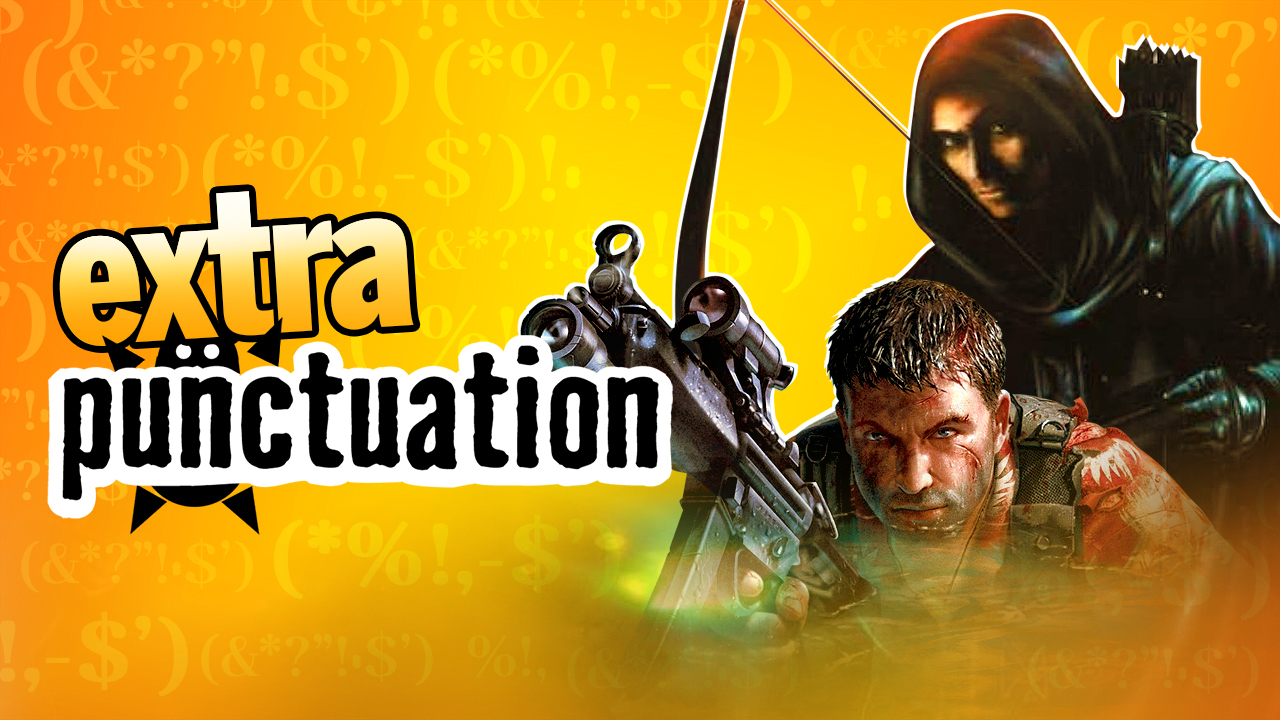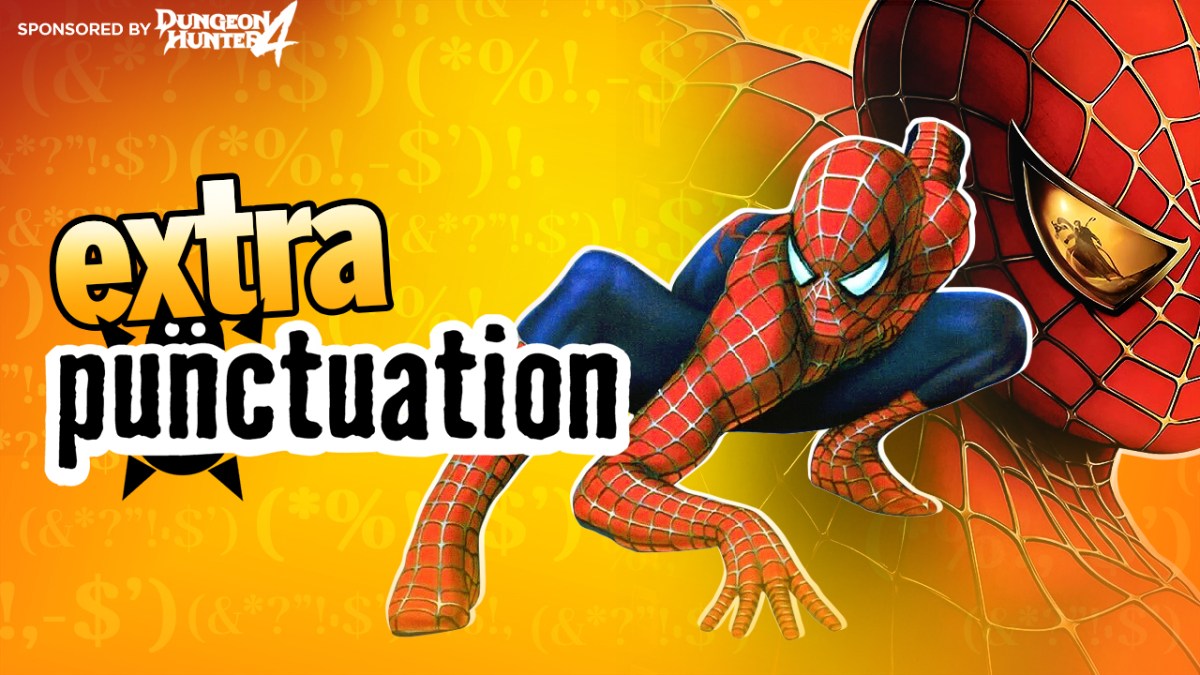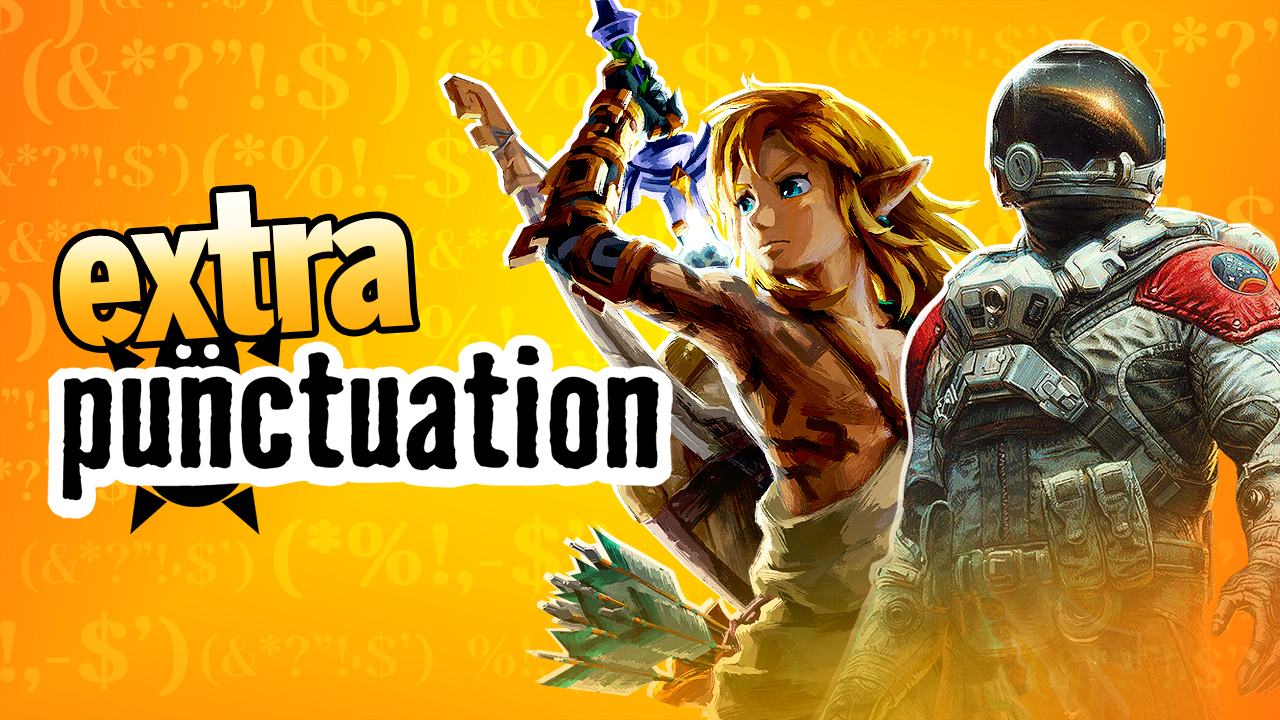
Today’s topic is sidequesting. What exactly is a sidequest, and what is its purpose? Generally speaking, it’s something you can do in a game that’s optional. But that’s a troublesome definition because some games, like Saint’s Row 2, require you to do a certain amount of side missions to continue with the main plot threads. Okay then, so they’re missions that in themselves don’t directly advance events. Except you could argue that the experience points, money or items a side quest might provide represents advancement of a kind – GAH
Forget all this. What matters is, sidequests are part of the definition of a sandbox. As in, you can’t be a sandbox if you don’t have sidequests. You can have sidequests and not be a sandbox, like in many RPGs, but you can’t be a sandbox without side stuff to do. Because if all you have is the linear plot missions, then you’re a linear game, no matter how open your world is. Shadow of the Colossus is open-world but not sandbox because there’s little to do in between the mandatory colossus fights. Do you see how this works?
What I’m trying to bring across here is how utterly make-or-breakingly important side missions are to a game with pretensions to openness. An open-world game with limited or no distractions is just creating a tedious commute between story missions. This was the rather monumental problem with LA Noire and Wolfenstein (the newer one with the limericks). But it’s also a problem that comes up when the sidequests are there but poorly handled, and on that subject I’d like to moan about Rage a bit more. And Dead Island, before it starts getting comfortable.
Both of those games take an approach to missions fairly common to RPGs. There’s the safe area where non-hostile NPCs and questgivers hang out, and then there’s everywhere else, and never the twain shall meet. So this setup has you fill a role not unlike that of a pizza delivery boy. You go to the depot, receive six or seven orders, then hop on the old scooter to drive all around delivering them before going back to the depot and picking up six or seven more. Dead Island in particular had a severe problem with sidequest congestion – all the questgiving NPCs were necessarily packed into the same square twenty feet and you’d have fifty exclamation marks on the minimap to check in with, going around and adding more and more clutter to your mission log.
I find that this approach very quickly makes me lose interest in doing the sidequests, which leads to the aforementioned plot mission tedious commute syndrome. What certainly doesn’t help is that both Rage and Dead Island only allow you to track one quest at a time on your map. All it would take would be one dot – not even a dot, a smear, just a little boogie someone had wiped off there – marking each of your quest objectives simultaneously, and I would instantly know which objectives were “on my way” or clustered together enough to justify the trip out there. In Dead Island I ended up having to flip back and forth between the quest log and the world map, following and unfollowing each quest with a compass and sextant trying to figure out what direction to head in. Rage doesn’t even have a world map. So if you’re planning to go find that TV studio place again and see if they’ve got any more challenges then I hope you memorized the landmarks last time you were there.

But even if the games had marked your entire to-do list on the map, I still think this approach to side missions is missing the point a bit. This is very subjective, but my feeling is that a side mission loses something if we have to plan it and go out of our way to pursue it. If you present me with a questgiver asking me to do him favors sight unseen, with no understanding at that time of difficulty, additional travel or entertainment value, you’re giving me too much time to think about it. The more opportunity you give me to “um” and “ah” the more likely I am to hang the whole stupid business and concentrate on what’s necessary. Having to plan my sidequest venturing sort of goes against the whole appeal of a free-roaming experience. Exploration. High adventure. What the hell kind of appeal would Treasure Island have had if they’d given a run-down at the very start of everything the heroes would end up having to do?
What makes me much more likely to do a sidequest is when I’m surprised by it in the field. If I’m driving through the countryside and a distraught woman runs out, flags me down and tearfully informs me that her husband has just been dragged into that shack over there by a mutant lobster antelope, I’ll be able to look at the lobster antelope hideout and probably decide this wouldn’t particularly take me out of my way. If that same distraught wife had waited until she’d run all the way to a village on the other side of the map before she started enlisting wandering adventurers, I’d have very little to go on, and would probably question her motives. Red Dead Redemption did this quite well, you were constantly running into random ambushes and rescues and curious gentlemen who wanted to compete with you to see who was the best at picking flowers. Even the official, storyline questgivers were spread out around the entire map, forcing you to get out and see the world a bit.
I’d even go as far to say that side stuff is the most important aspect of a well-designed open-world game, because a well-designed open-world game is one where you go about the actual story missions with a sense of genuine sufferance. Absolutely anything can distract me on the way to my actual duty in Infamous or Just Cause 2. Side quests, pickups, random challenges, it’s all part of the juicy meat in the sandwich while the story forms the bread. Story missions, and by extension side missions like the ones in Rage and Dead Island that are acquired in the same way as story missions from the same location and form separate dangling threads coming off the main one, are a thing of rigid, unsmiling order, while the spirit of sandbox is unplanned, explorative chaos. Where if there’s nothing else to do you can get your jollies just by randomly flapping around the game world, breaking people’s mailboxes.
I remember saying once in the past that a good game with side missions is like a good serialized adventure show, like Monkey Magic or the Pokemon cartoon. You have the important plot points that the characters are journeying towards, but on the way they’ll get sidetracked for anything up to six or seven episodes, each with its own little mini-drama unfolding. And what you need to take from this is that the sidetracky episodes seem to far outweigh the serious plot continuation ones. What you definitely don’t need to take is that I used to watch the Pokemon cartoon. Seriously, just forget I said that.
Yahtzee is a British-born, currently Australian-based writer and gamer with a sweet hat and a chip on his shoulder. When he isn’t talking very fast into a headset mic he also designs freeware adventure games and writes the back page column for PC Gamer, who are too important to mention us. His personal site is www.fullyramblomatic.com.



